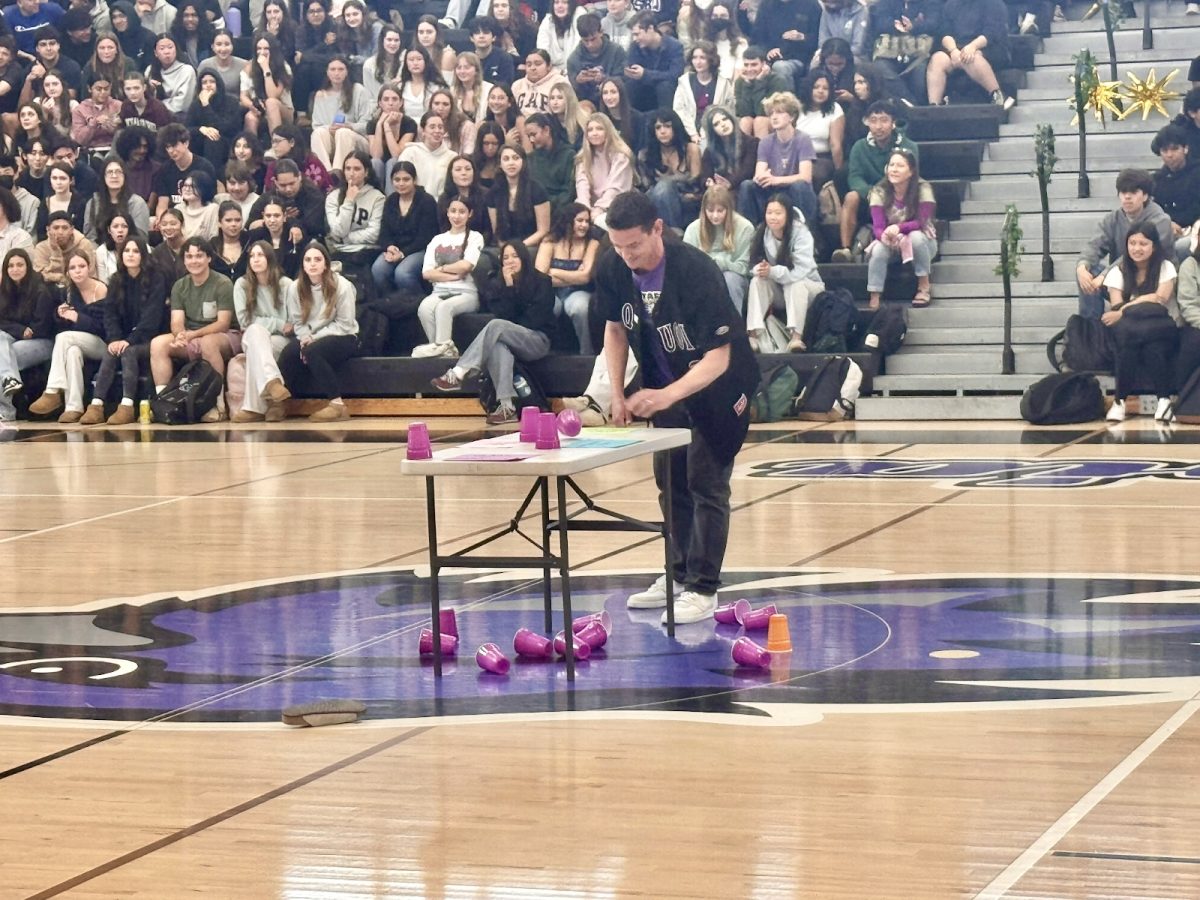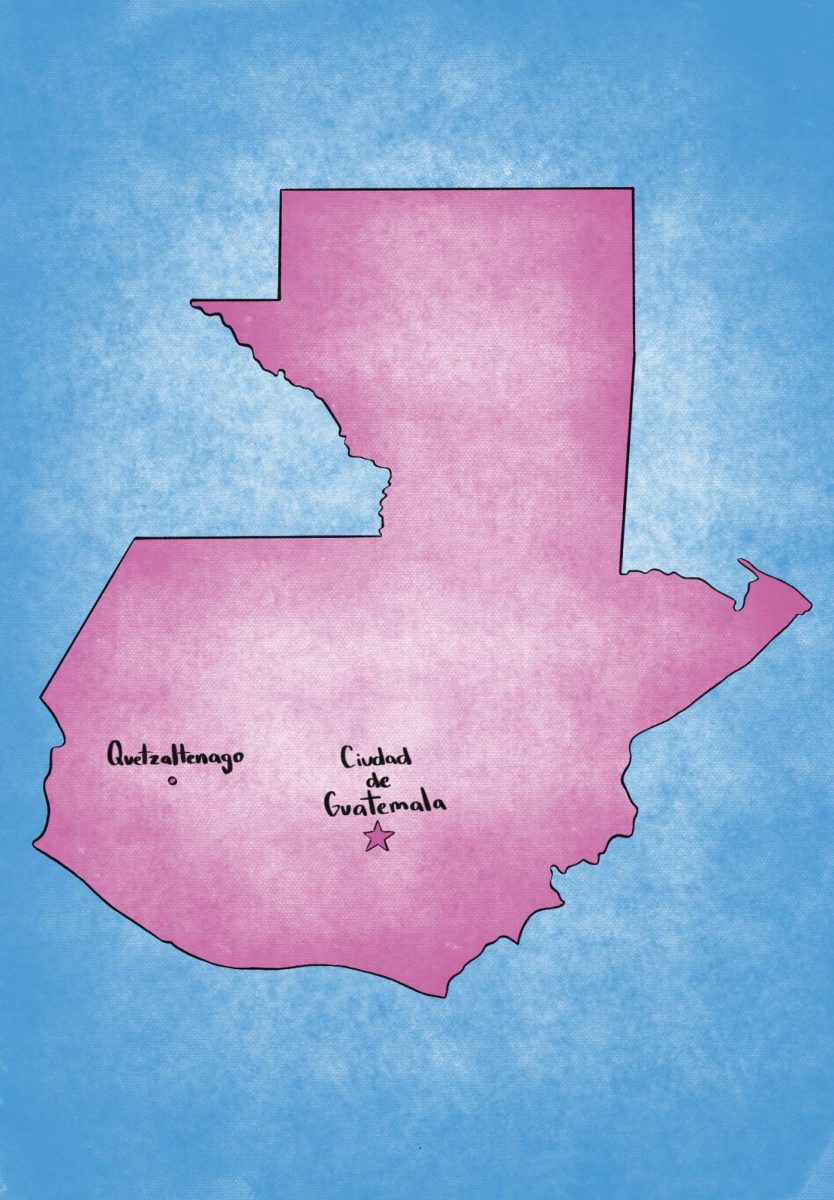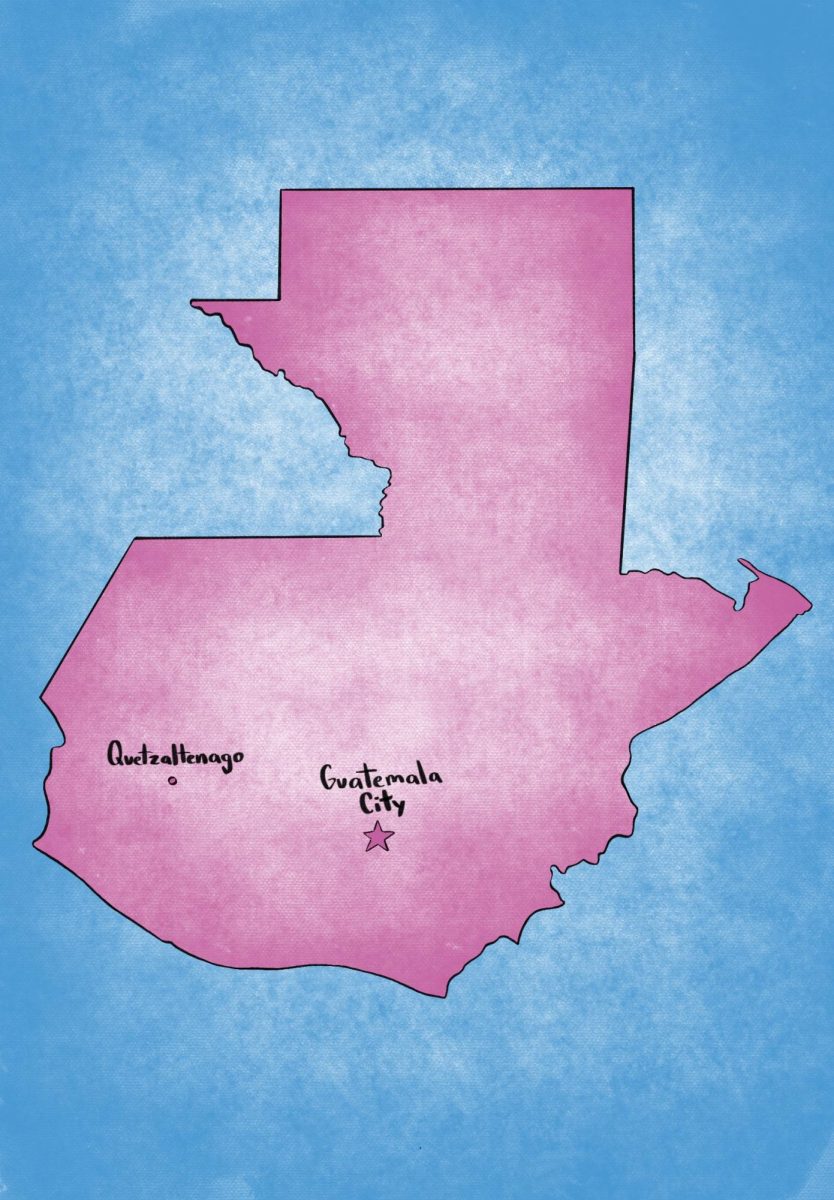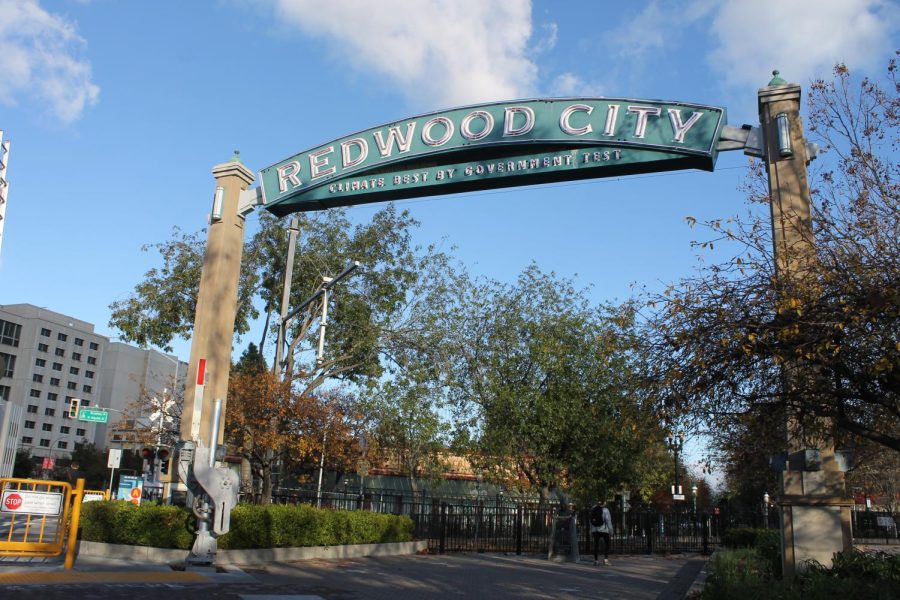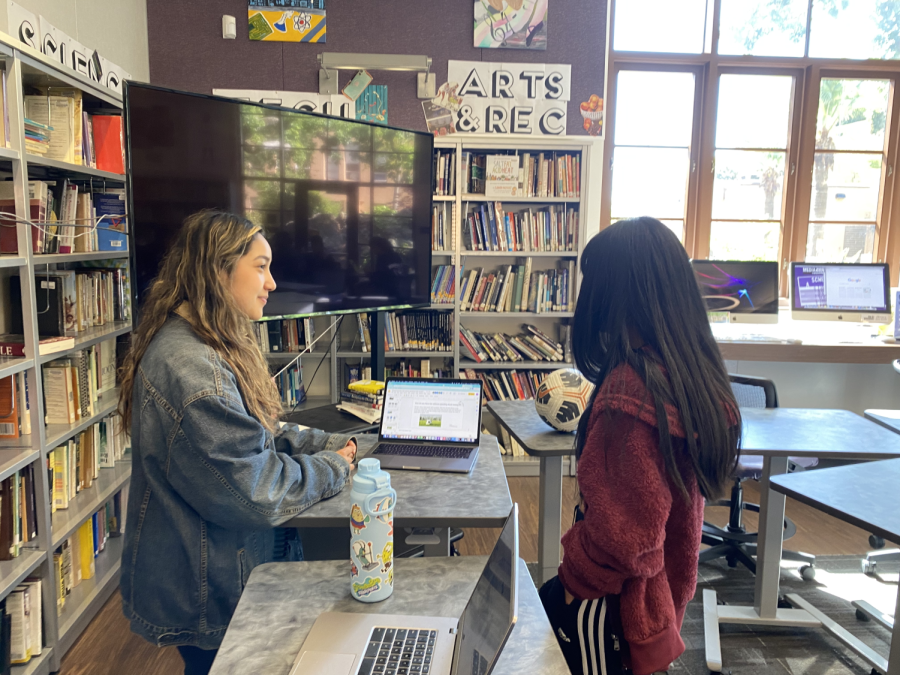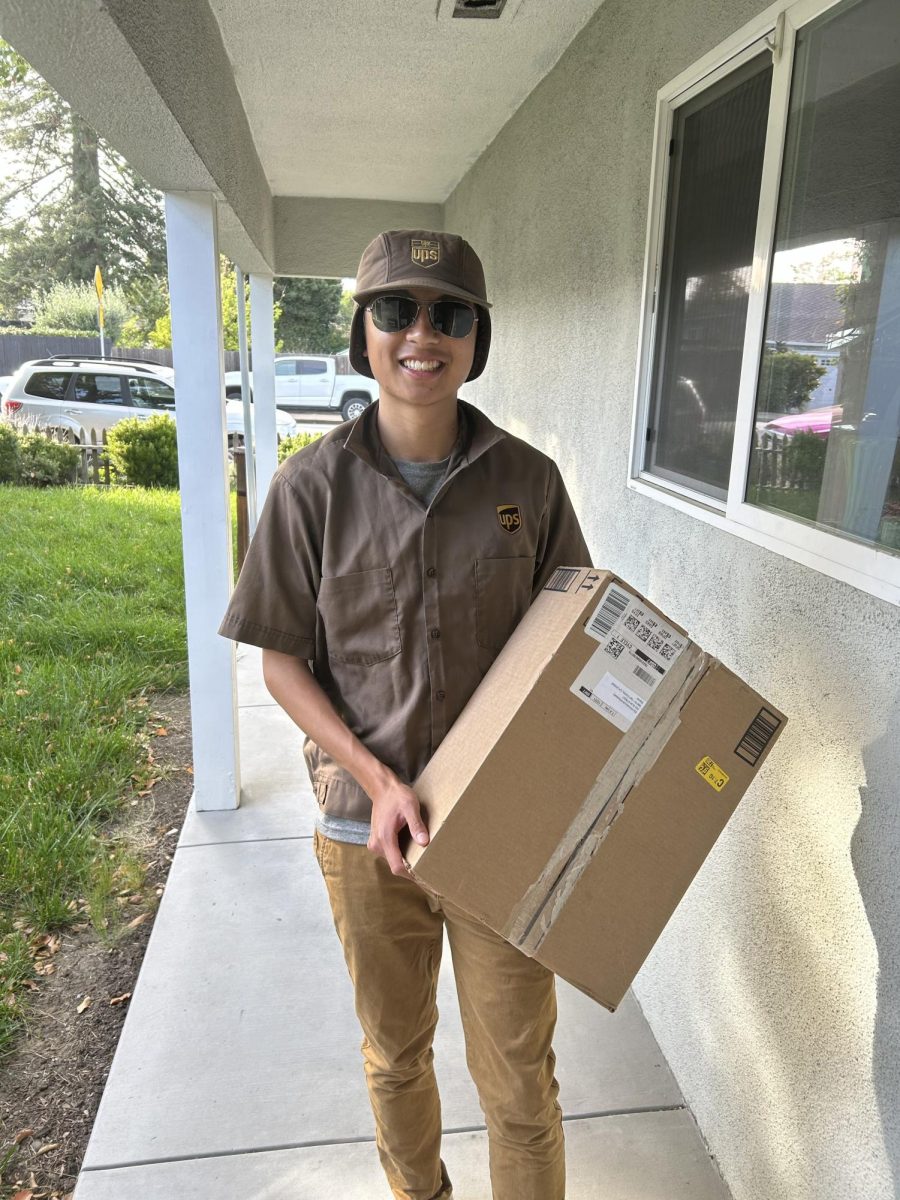Walking in the footsteps of Civil Rights leaders: highlights
April 20, 2023
In my mind, the Civil Rights Movement remained in the words in my history books: limited, brief and stale. But once our Sojourn class arrived in Alabama, the words flew off the page and came alive.
Focusing on the Civil Rights Movement, former Capuchino history teacher Jeff Steinberg created the Sojourn Project in 1999 and began taking groups of students in the Bay Area around the South. Throughout the trip, students travel to historical landmarks where Civil Rights history took place to honor those whose lives were taken as they fought for equal rights among races. Sojourners get the opportunity to meet the living family members of deceased Civil Rights leaders who experienced the stories in our textbooks; with this unique connection, students are able to better engage with their country’s history and develop a deeper understanding of the institutionalized racism that is rooted in our world.
Along this trip, three significant figures stood out to me due to my connection to their story and the unique conversations I had with them on the trip. Reena Evers gave us a space to grieve on her family’s driveway where her father, Medgar Evers, was killed. Gwen Webb gave us a personal testimony to how youth have the power to act and create change. Minnijean Brown Trickey allowed me to lead songs with her on the last day, closing off the Sojourn experience. Sojourn encouraged me to make a change, and I hope that you feel inspired to learn and grow as well.
Reena and Medgar Evers
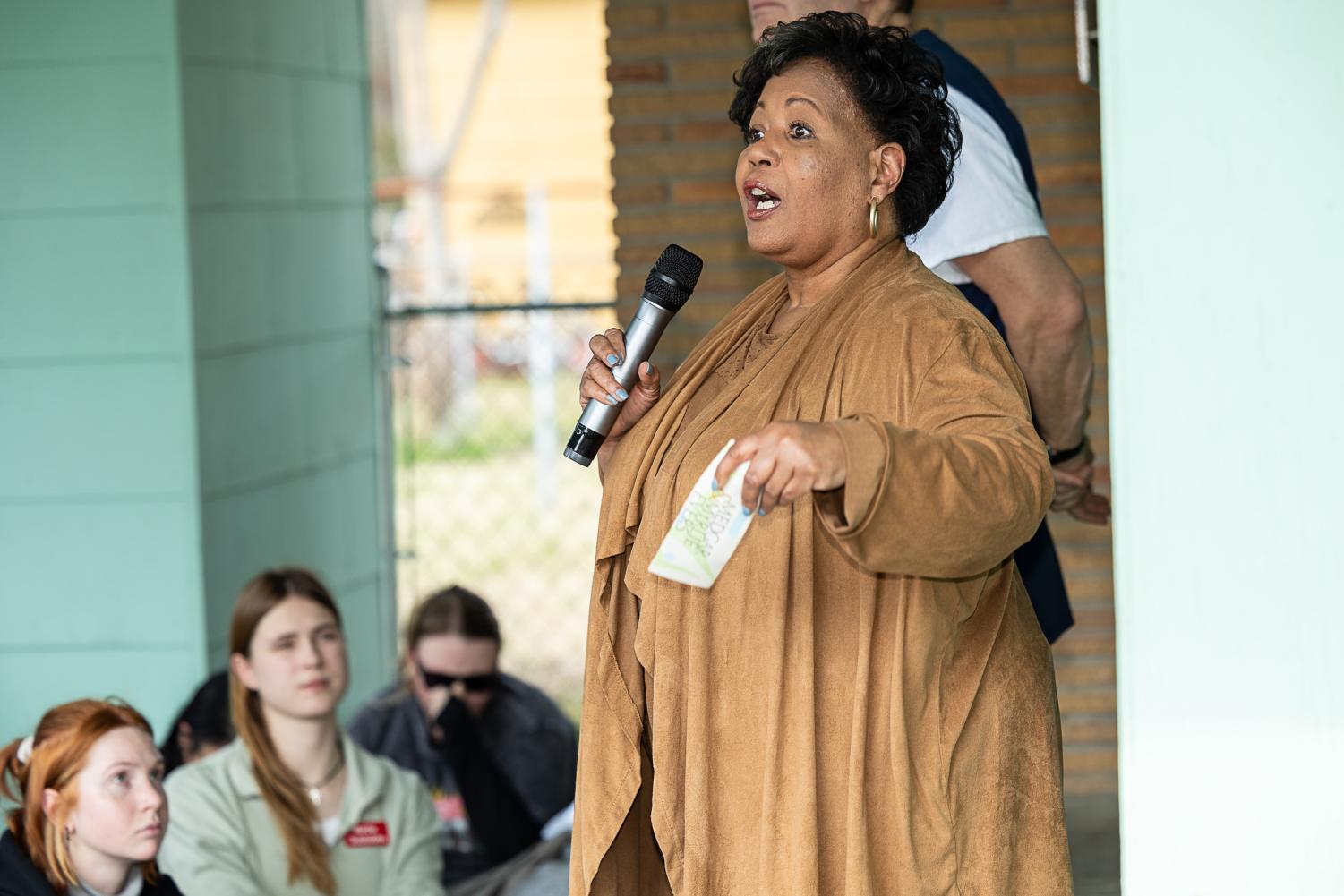
“In this home I experienced love, but I also experienced hate” – Reena Evers
At eight years old, Reena Evers witnessed the murder of her father, Medgar Evers, in the driveway of their home in Jackson, Mississippi. Medgar Evers was the first field secretary in Mississippi for the National Association for the Advancement of Colored People (NAACP) in 1955. He planned voter registration drives, organized boycotts, fought for equal access and representation among races and even investigated murders of the Civil Rights Movement, one of these being the lynching of Emmett Till.
President Kennedy’s Civil Rights speech aired on June 11, 1963, announcing that he wants Congress to pass the Civil Rights Bill, he called out silent witnesses to injustice and proposed the idea that we have an “obligation to make change peaceful for all.”
Ecstatic by this news, Medgar and his team of NAACP workers in Jackson stayed up late to formulate a plan based on the upcoming bill. Back at home, the Evers family, including Myrlie and Reena, were awake past midnight, awaiting a celebration when their Medgar came home.
Medgar had made a promise to his wife, Myrlie, that he would exit his car from the passenger side to ensure his safety; directly across from their driveway was an open lot where a hitman could be waiting for Medgar to step out the driver’s door.
Pulling into the driveway in the early hours of June 12, Medgar exits his car from the driver’s side and is shot by a bullet from the lot across the street. His family witnesses his death, Reena holding up his face asking for her “daddy [to] wake up.”
Reena shared some of the last words her father said, only five days before his assassination as if he was predicting his death. Medgar was willing to die for justice, and his life was taken because of hate.
“I would die, and die gladly, if it meant my death meant a better life for my wife and children,” Medgar Evers said on June 7, 1963.
59 years after the tragedy, Reena meets with Sojourn students on her family’s driveway to share the story of her father and to keep his message alive. Reena works on the board of directors for Sojourn to the Past, having close impact with the organization.
Even through tragedy, Reena emphasizes a message of equality and a hope for the future, as she shared with our Sojourn class.
“We all bleed the same, our innards are the same. Our rights must be the same as well,” Reena Evers said.
Gwen Webb of the Birmingham Children’s March
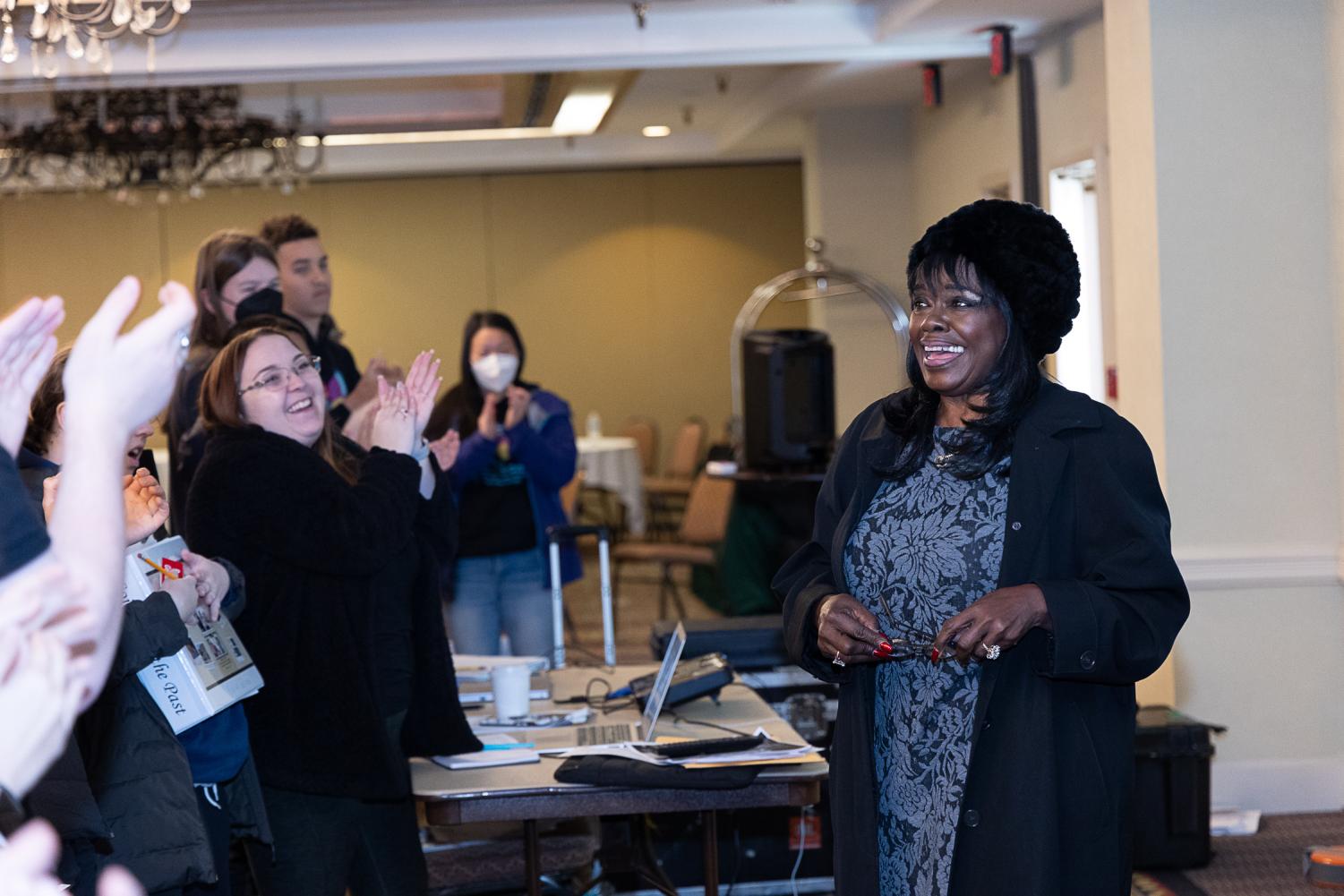
“On D-day, we knew that either we were going to live or we were going to die, and we didn’t care” – Gwen Webb
There are three steps if you want to make a law have no power: break the law, get arrested and fill the jails. This was the basis of the Birmingham, Alabama, Children’s March.
In order to combat segregation laws in Alabama, specifically the rule for marching without a permit, the strategy proposed by Reverend Fred Shuttlesworth and Dr. Martin Luther King Jr. was to flood jailhouses in the county. When the idea was proposed at the 16th Street Baptist Church, it was met with huge disagreement from adults; they could not risk losing their homes, families and jobs.
However, the children had less to lose and they stood up in the church to show their commitment to the cause. Parents were upset and discouraged their kids from attending the march, so Alabama youth planned in secret over the radio using code-language for the march– May 2, 1963. This day was widely known as D-day.
Gwen Webb and nearly hundreds to thousands other children in and around Birmingham stormed downtown on D-Day and willingly got arrested. The protest lasted eight-days, and nearly 5000 arrests were made.
Chief of Birmingham’s police and fire departments, Eugene “Bull” Conner, decided to “bring the dogs out,” using trained K-9 forces to stop the children from protesting. The fire department used their hoses and aimed them at the kids, trying to hit their heads and any places of exposed skin to cause the most damage.
This violence didn’t stop the children, they just kept coming to be arrested. With the use of fire hoses, children came in bathing suits. Some even came back to the center of the protest after they were released to re-fill the jails again.
For 14 year old Webb, the Children’s March was her life. She was told by her mother not to go, so she rebuttled and said “yes ma’am, I hear you,” not lying to her, yet not saying she agreed with her commands.
“I wasn’t being disobedient… I wasn’t,” Webb said to our Sojourn class, recalling this moment.
An activist at heart, Webb knew that what she was doing was dangerous, but her passion for change and justice in Birmingham kept her going. Living to tell the story, Webb meets with Sojourn students and inspires them to do the right thing and reminds them that youth have the power to change the world.
“I realized that [my mother] telling me not to go was not telling me because she didn’t want me involved in the movement. She would always say, ‘I don’t want to bury one of my children.’ […] With me being the active one [in the family], I knew that if there was going to be one it was going to be me,” Webb said.
Minnijean Brown Trickey of the Little Rock Nine
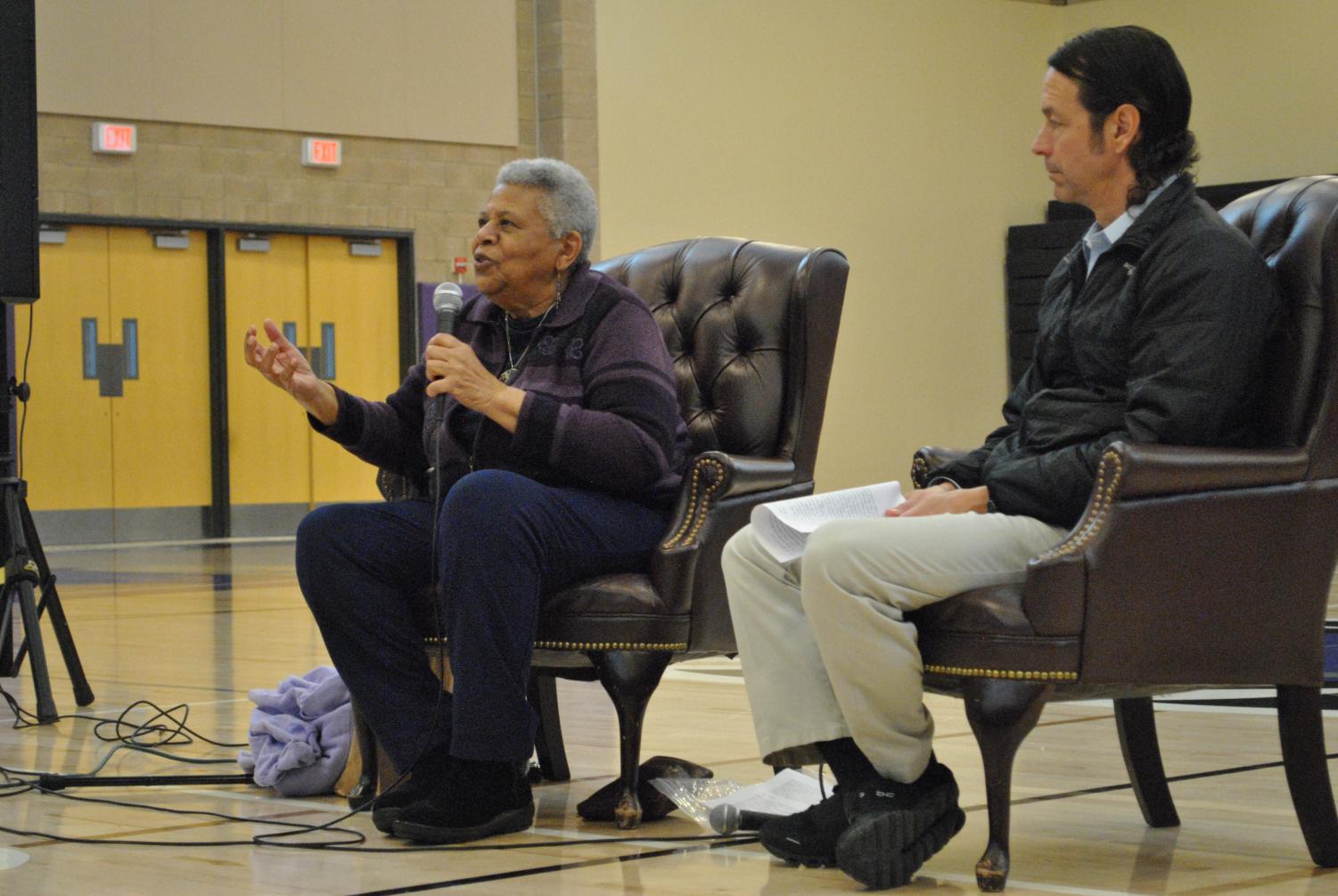
“Reject the social conditioning that you have been exposed to and do the right thing” – Minnijean Brown Trickey
At 16 years old, Minnijean Brown Trickey walked into Central High School in September, 1957, with her head held high and 101st soldiers by her side. Just a little girl from Little Rock, Arkansas, Trickey’s act of desegregating an all-white high school in the South as one of the Little Rock Nine stands to be one of the most powerful acts of courage in Civil Rights history.
Through months of relentless bullying and terrorism from her high school peers, Trickey stood strong and dared not to fight back in fear of worse repercussions. When she took a step of bravery and defended herself against one of her bullies, Trickey was expelled from Central; the countless white students who bullied her faced no punishment.
65 years after her time at Central, Trickey actively fights against injustice and teaches the six principles of nonviolence to people of all ages across the world, with a focus on youth.
“The whole point of nonviolence is to make [the bullies] see themselves and how they contradict themselves [and their values],” Trickey said, while speaking to our Sojourn class.
Though her past left her with scars, Trickey does not let her trauma define her and instead uses it to enact change.
“I made the decision that no power would persuade me to act [evilly],” Trickey said.
Trickey makes a point that radical change and growth from our past is not an individual action, yet one that takes collaboration and the recognition that our history on Earth is a shared history.
“No one can do it alone, we all have to do it together. It hurts all of us,” Trickey said.

